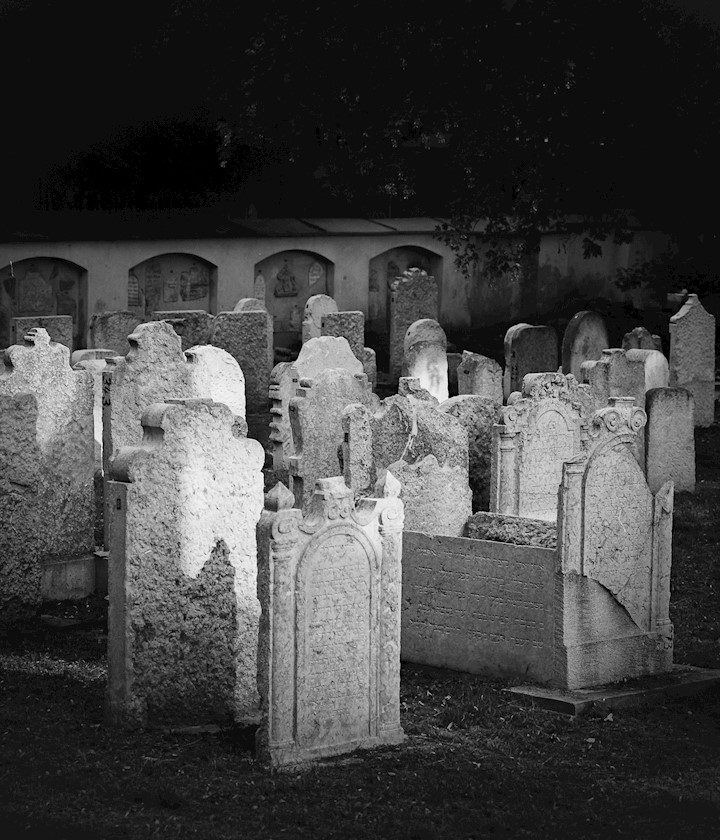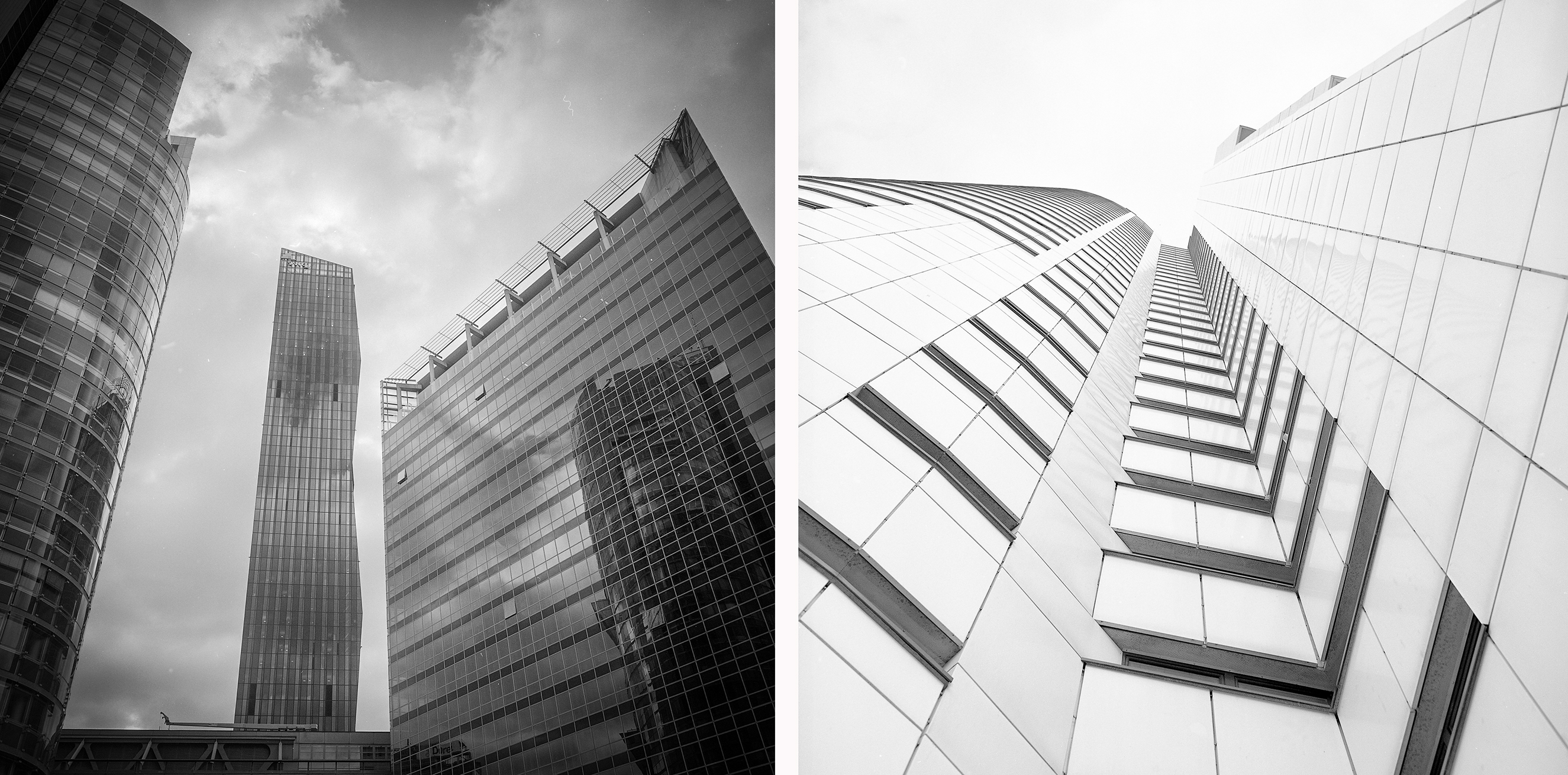
How many different black and white films does the world really need? In reality, many of the products are very similar - or indeed identical (due to so-called "rebranding"). Ilford XP2 Super 400 is a film type that is the only one (remaining) in its class. This is because it is a black and white film that is actually based on color technology. A color film that is completely color blind - and therefore a black and white film. If this seems confusing, let me clarify a bit.
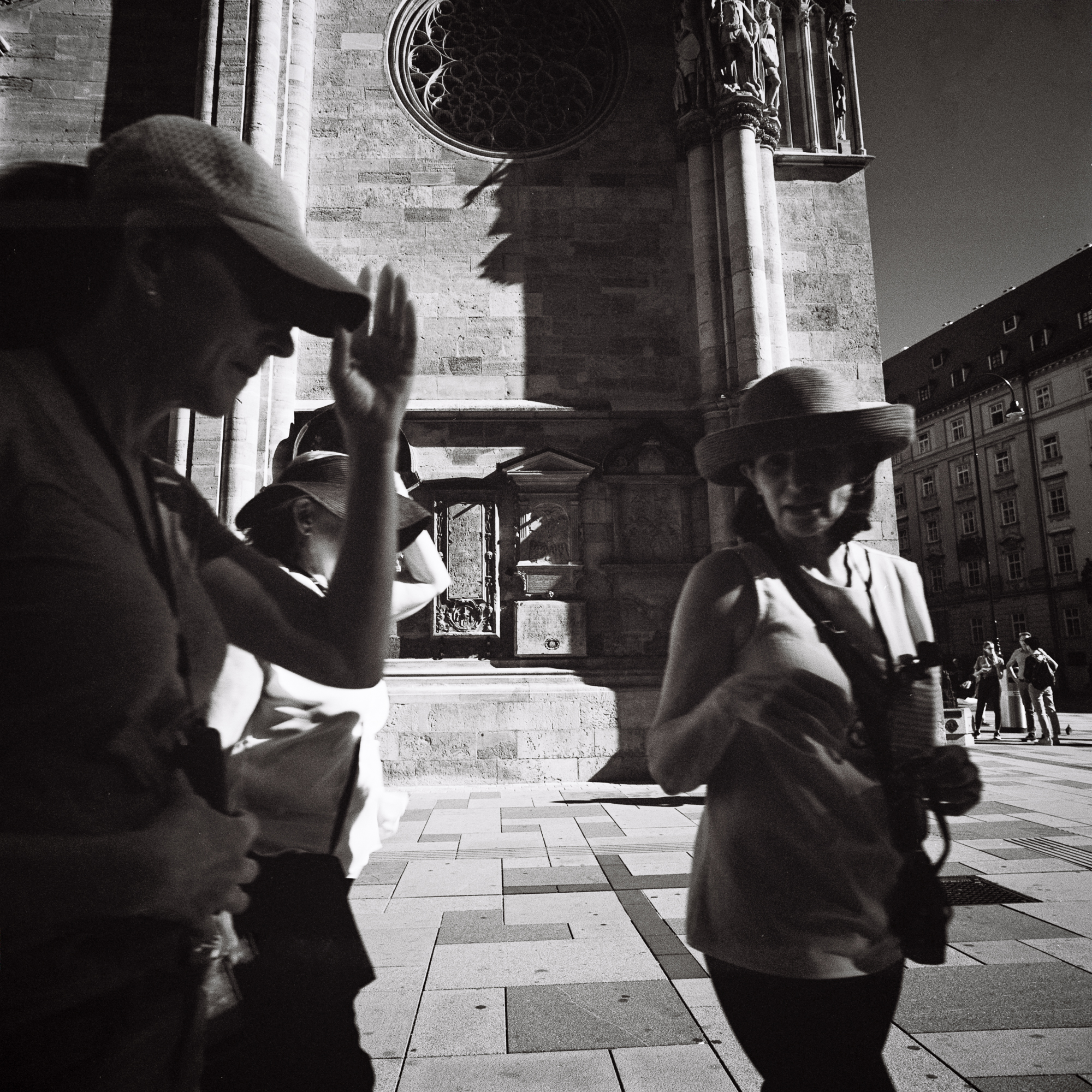
The Ilford XP2 Super 400 works well for street photography due to its hig ISO. This image from Stefansplatz in Vienna was made with a Bronica SQ-Ai camera and XP2 Super in 120 format. ©Bjørn Joachimsen.
The Ilford XP2 Super 400 is a further development of the XP1 which was launched in the early 1980s. This is film that is developed in color chemicals - the well-known and widespread C41 process which is today the dominant color process of negative film in all parts of the world. This is precisely the strength of the XP2 Super 400. Because it uses the C41 process, it can be developed in all normal photo laboratories, also with hourly development. Development is thus both available, affordable and possible to get done quickly.
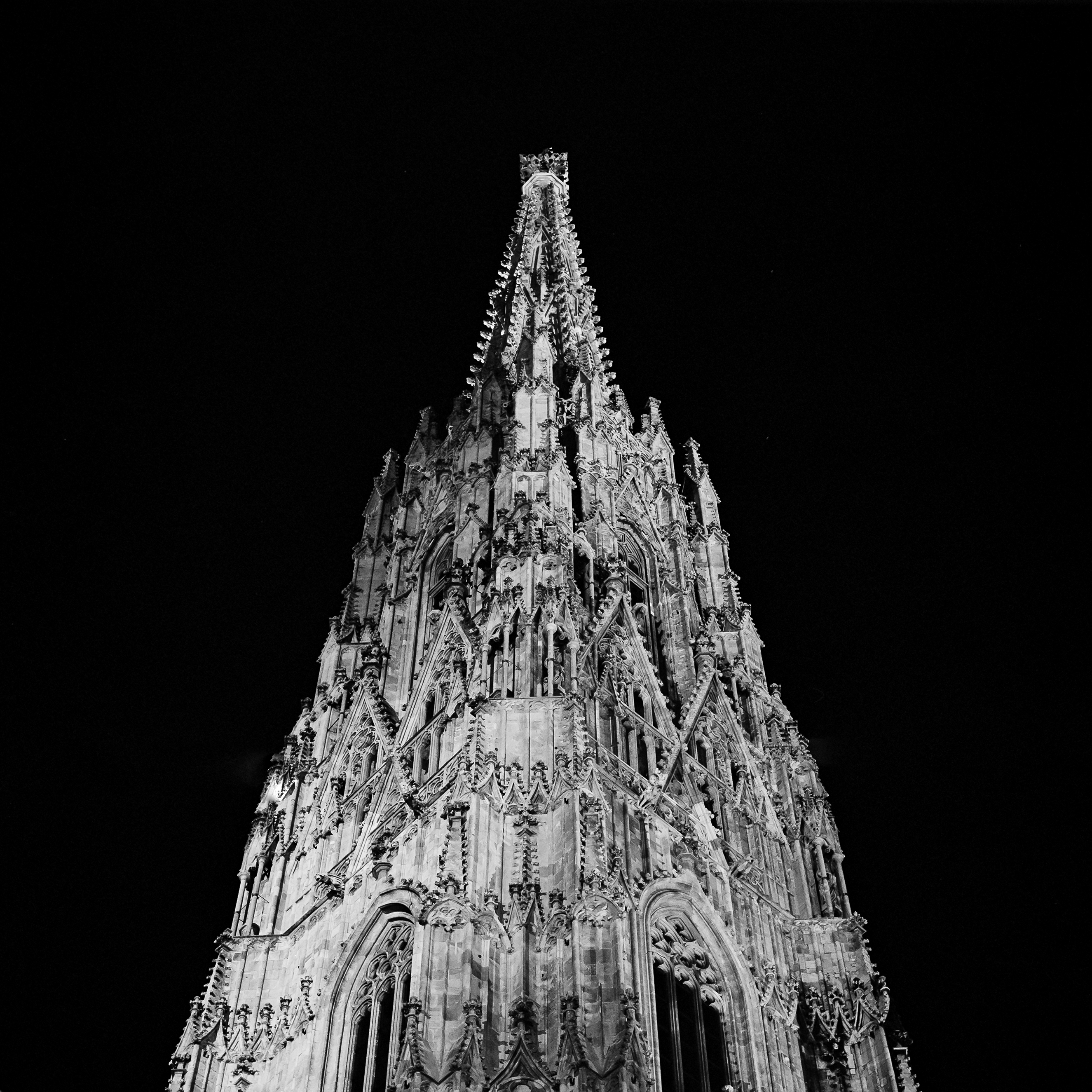
Night photography with Ilford XP2 Super at Stefansdom in Vienna. This image was made with a Bronica SQ-Ai medium format camera and a 180mm Zenzanon PS telephoto lens. I had to use a tripod for this image, but when I work with 35mm SLR cameras and 1.1.4/50mm lenses I can often work handheld with XP2 Super 400 at night. ©Bjørn Joachimsen
The film is distinguished by very good image characteristics. It has very high sharpness and exceptionally fine grain. Although the chemical composition and development are completely different, the image properties are comparable to Ilford Delta 400 (which is developed in standard black and white chemistry).
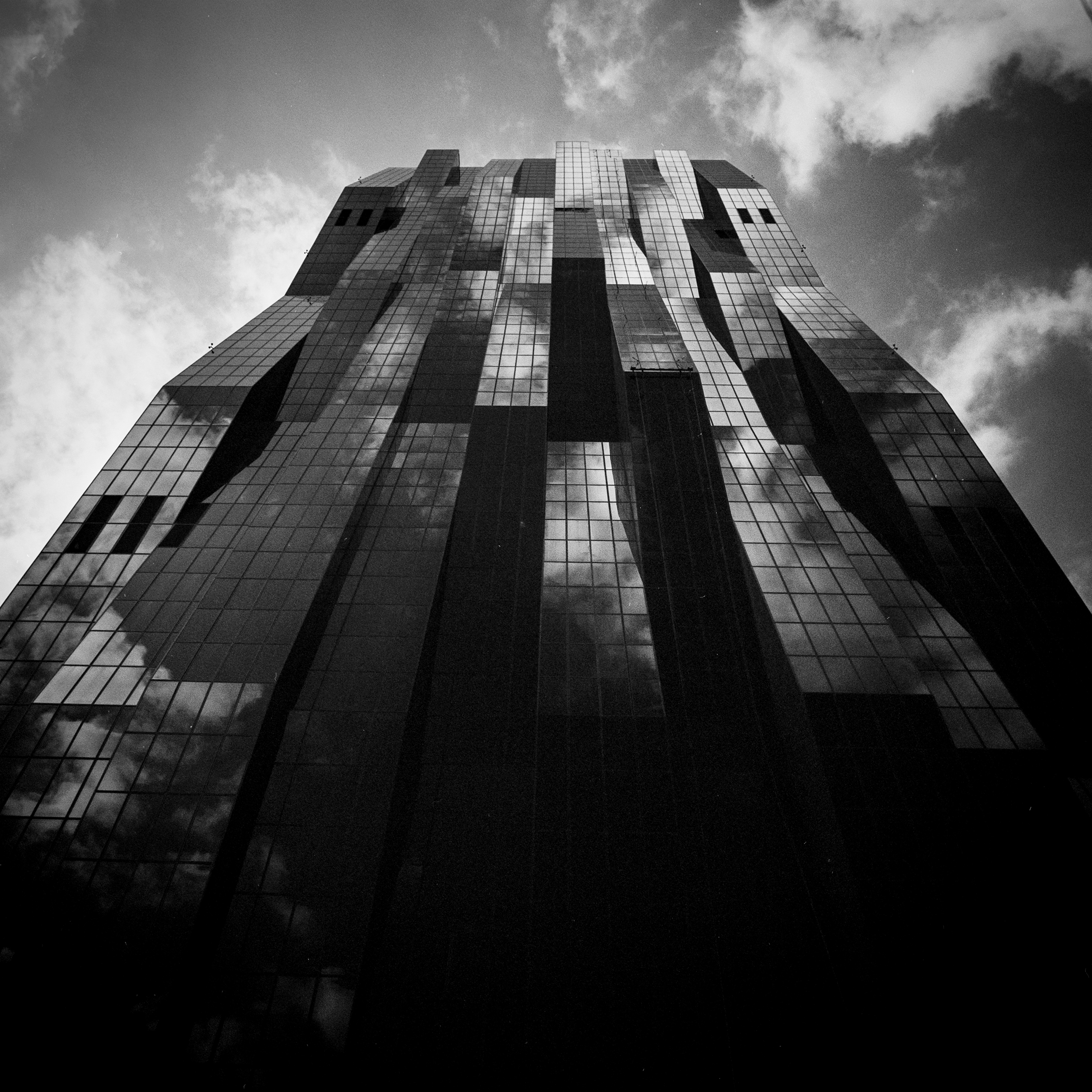
The Ilford XP2 Super 400 film renders blue sky very nice when used with an orange filter. This image was made with a Bronica SQ-Ai medium format camera and a Zenzanon PS 1:4/40mm lens. ©Bjørn Joachimsen.
I have used the Ilford XP2 Super 400 extensively for several years, with medium format cameras and small format cameras. The film delivers quality every time and due to the high sensitivity of ISO 400 it has a very wide range of applications. The contrast is moderate, which makes it well suited for scanning. Basically, scanning is the most attractive means of reproduction for this film. It has a significant advantage when it comes to scanning compared to traditional black and white film. Many film scanners have a so-called "infrared dust/scratch removal« feature. This means that the scanner detects irregularities on the film surface and that the scanner software automatically "retouches" this. Unfortunately, this technology does not work when scanning "real" black and white film because an interference occurs with the image silver. Here comes the advantage of XP2 Super 400. The finished negatives do not consist of image silver, but of color-neutral pigments. This means that infrared dust removal can be used in the scanning process. The result is scanned image files that do not need manual retouching in post-processing.

Leopoldstadt, Vienna. Mamiya 6MF, Sekor 1:3.5/75mm lens with Ilford XP2 Super 400. ©Bjørn Joachimsen.
Since the medal always has a reverse side, it is also appropriate to mention the disadvantages of XP2 Super 400 compared to traditional black and white film. The most obvious disadvantage is that you cannot influence the tonal scale and contrast of the negative by choosing different types of developers and dilutions, or by increasing or decreasing the development. A unique feature of traditional black and white technology is that you can adjust various parameters such as exposure, developer, development time, dilution, agitation etc. to get negatives with exactly the properties you want. This is particularly useful if you want to enlarge the images in a darkroom. You will certainly get good results with XP2 Super 400 when enlarging in a darkroom, not least if you use the great Ilford Multigrade papers. However, darkroom enthusiasts are probably not the primary target audience for this film. It is best suited to analogue photographers who do not develop themselves and who do not see the need to use the development process to produce certain tonal characteristics of the finished negative. If you want to press it, it also works very well, just remember to let the lab know what ISO the light meter was at when you exposed the film, so that it gets the correct development time. There will be no point in pulling the film, that is, exposing it at a lower ISO and reducing the development accordingly. If you want to do this, you will e.g. Ilford Delta 400 be a better alternative. However, you can lower the ISO to 200 and have the film developed normally. (Shortening the developing time in C41 process might easily give inconsistent result and uneven development.) The film will be slightly overexposed, which will give more detail in the darkest areas. However, the highlights will not be burned out. It is not recommended to set ISO lower than 200 with XP2 Super 400.
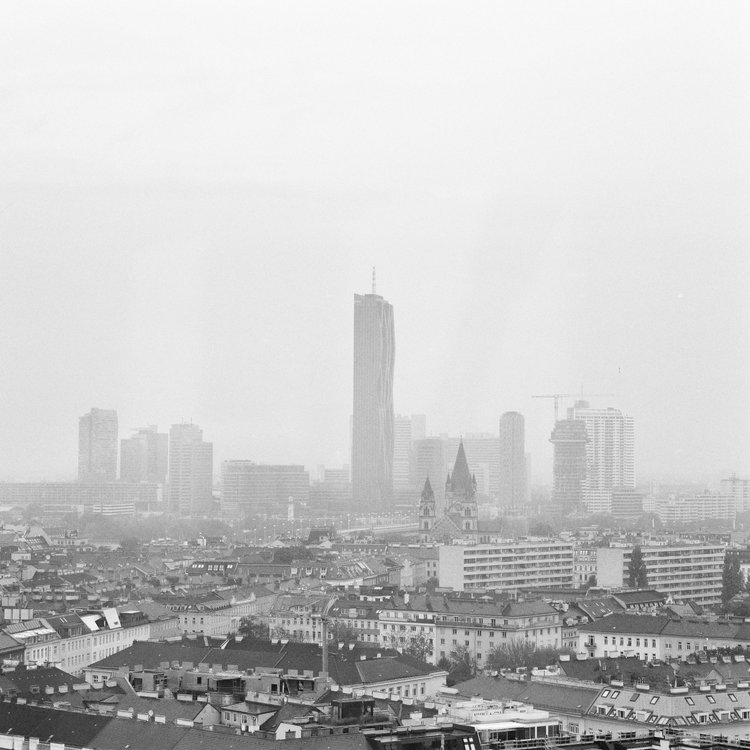
©Bjørn Joachimsen.
If you want to focus on the photography more than on the darkroom work, the XP2 Super 400 is a very good option that provides sharp and fine-grained negatives with good drawing from the darkest to the lightest of the subject.
Have you used the Ilford XP2 Super 400 yourself? Feel free to share your experiences in a comment below.
The pictures shown in this article were taken in Vienna with Mamiya 6MF and Bronica SQ-Ai loaded with Ilford XP2 Super 400.
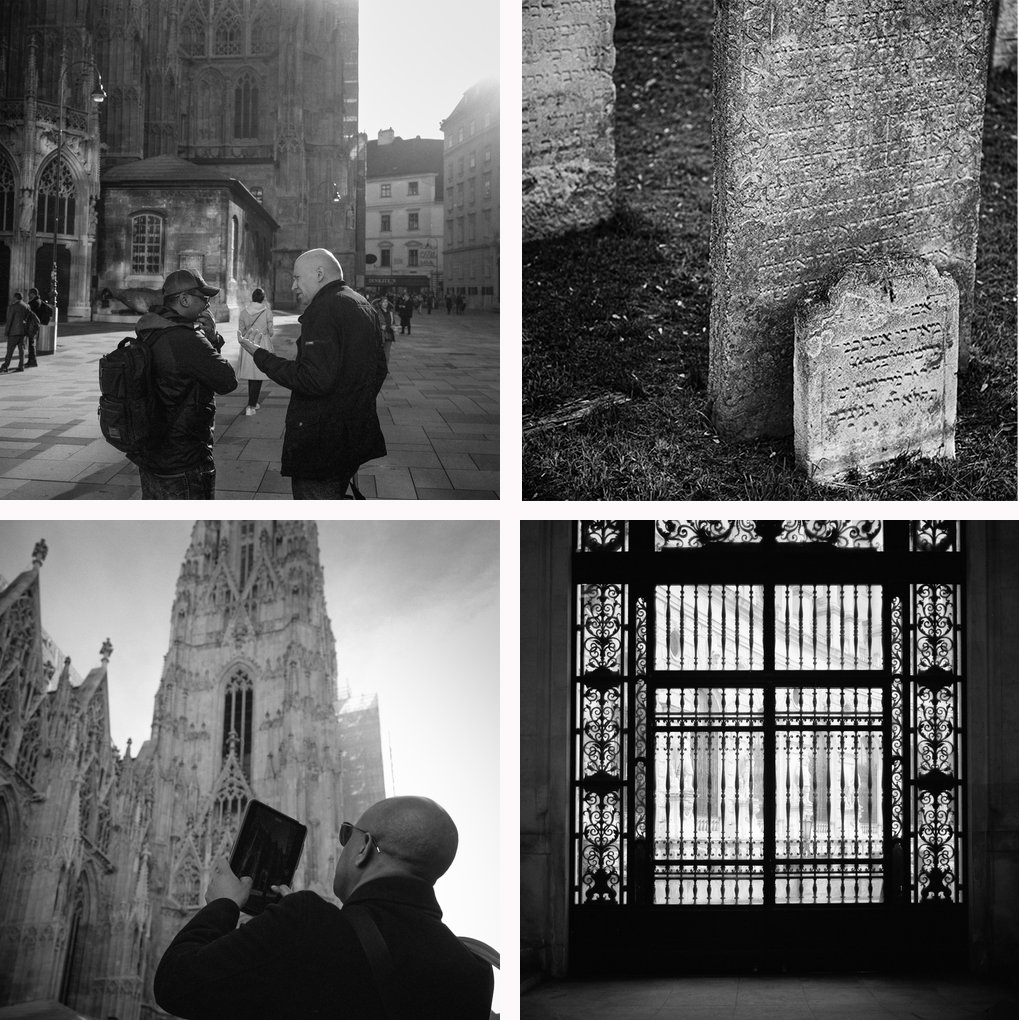
Learn more about our ambassador Bjørn Joachimsen here.
